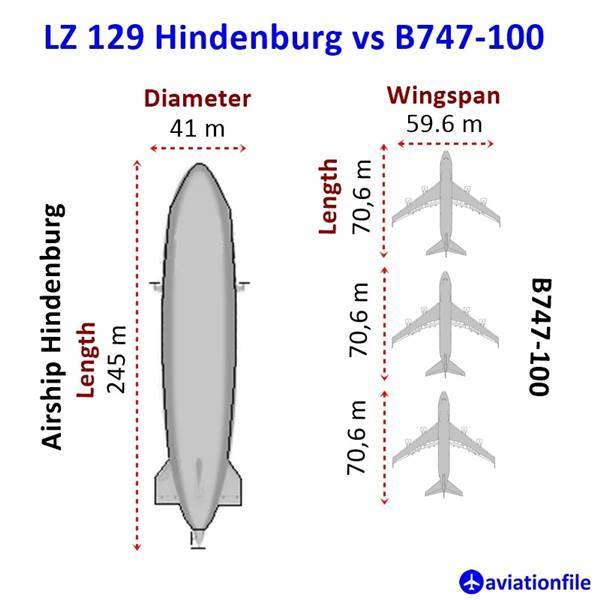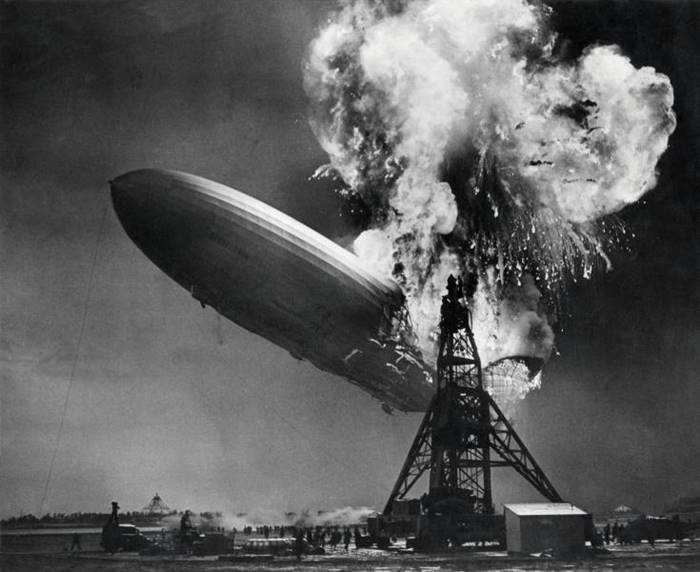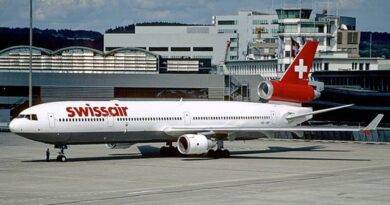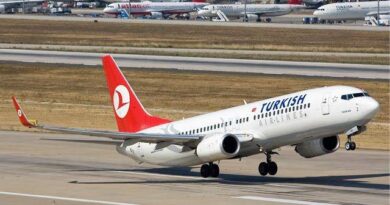Hindenburg Disaster: A Fiery Demise and the End of an Era
Airship Grandeur: The Hindenburg, named after a German war hero, wasn’t just a flying machine; it was a symbol of luxury and technological progress. Its massive size, luxurious cabins, and smooth transatlantic journeys made it a marvel of the 1930s.
Tragedy in the Sky: On May 6, 1937, disaster struck. As the Hindenburg prepared to land in Lakehurst, New Jersey, flames erupted along its exterior. Within minutes, the airship was engulfed in an inferno, shocking the world with its fiery demise.

Human Cost: While 62 onboard miraculously survived, 35 lost their lives, including passengers, crew, and a ground crew member. The disaster wasn’t just a loss of life; it shattered public trust in airships and their perceived safety.
Unraveling the Cause of Disaster
The exact cause of the fire remains debated. Theories range from static electricity igniting hydrogen leaks to sabotage. Regardless of the trigger, the disaster exposed the inherent dangers of using highly flammable hydrogen in large airships.
End of an Era: The Hindenburg’s fiery end effectively ended the golden age of airships. Public fear, safety concerns, and the rise of airplanes rendered these once-majestic giants obsolete.

Lessons Learned: The Hindenburg disaster serves as a powerful reminder of the importance of safety in technological advancements. It highlights the need for rigorous testing, thorough risk assessments, and prioritizing human life over ambition.
Explore Further: Delve deeper into the Hindenburg’s story by:
- Examining historical footage and photographs of the airship and its fateful journey.
- Reading eyewitness accounts and survivor testimonies to gain a firsthand perspective.
- Exploring the various theories surrounding the fire’s cause and the ongoing debate.
Remember the Victims: The Hindenburg disaster wasn’t just a historical event; it was a human tragedy. Take a moment to remember the 36 lives lost and the lasting impact this event had on aviation history.
References and Further Reading:
- Disaster by Airship: The Hindenburg Story by Adrian Rogovin
- The Hindenburg: Tragedy on the Lakehurst Horizon by Michael J. Mooney
- Airships: Dreams to Disasters by Patrick Vaughan
- Ghosts of the Hindenburg by Addison Vaughan
- Official Hindenburg site: https://en.wikipedia.org/wiki/Hindenburg_disaster
- National Geographic: Hindenburg Disaster: https://www.natgeotv.com/za/shows/natgeo/hindenburg-the-new-evidence
- Smithsonian National Air and Space Museum: Hindenburg: https://airandspace.si.edu/collection-objects/hindenburg/nasm_A19980102000
- National Geographic: Seconds from Disaster: Hindenburg: https://www.youtube.com/watch?v=KowvaxobrQg


